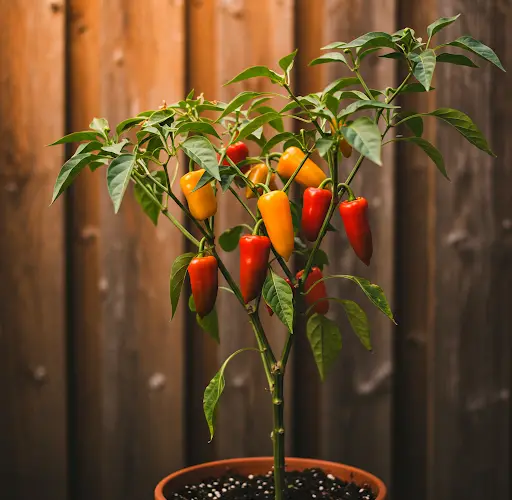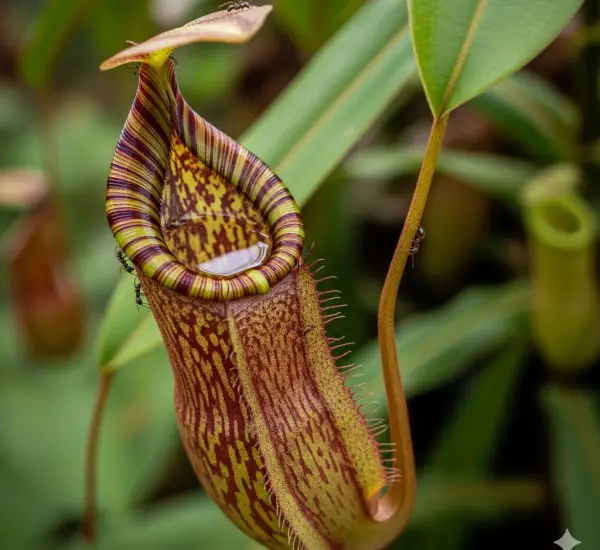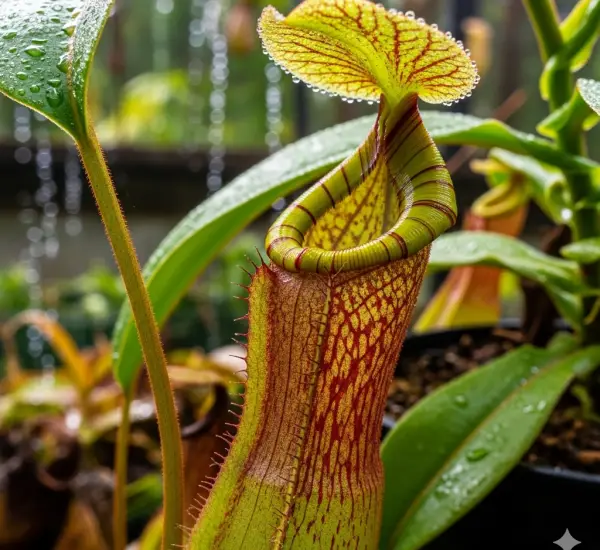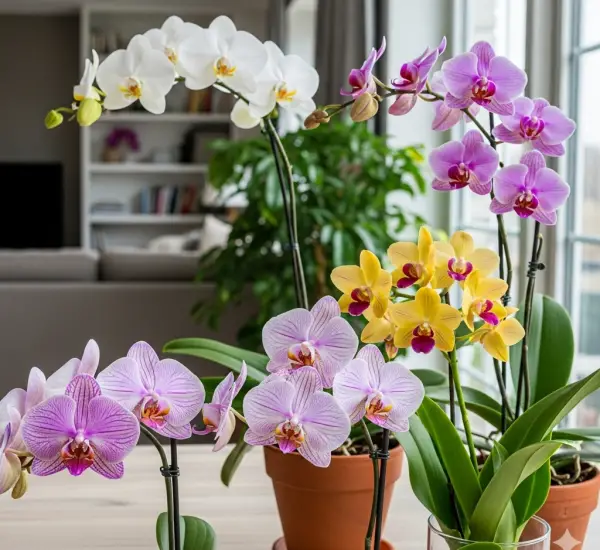Best Companion Plants for Peppers: How to Boost Growth and Improve Yield Naturally
Growing peppers in your garden can be a highly rewarding experience, but it often comes with a few challenges. From pests and poor soil conditions to unpredictable weather, gardeners need to provide the right support to ensure strong pepper growth and a bountiful harvest.
One of the most effective and natural ways to support pepper plants is by planting them alongside companion plants. Companion planting is a time-tested gardening method that promotes mutual benefit among different plants. By choosing the right plant neighbors, you can naturally deter pests, enrich the soil, increase pollination, and even improve the flavor of your peppers.
Here are five excellent companion plants to grow with peppers and how each one supports their growth and fertility:
1. Basil
Basil is one of the most popular companion plants for peppers, and for good reason. This aromatic herb not only enhances the flavor of nearby peppers but also acts as a natural pest repellent. Basil helps keep aphids, spider mites, and ants at bay—common pests that can damage pepper plants.
In addition to its pest control properties, basil may also play a role in improving the flavor of pepper fruits. Many gardeners have reported that peppers grown near basil have a richer taste. Basil also grows quickly and doesn’t compete aggressively for soil nutrients, making it a low-maintenance and highly beneficial companion.
2. Parsley
Parsley is another herb that supports the health of pepper plants. While it may not directly enhance pepper growth, it plays an important role in attracting beneficial insects such as bees, butterflies, and parasitic wasps. These insects are vital for pollination and natural pest control.
Parsley is also rich in vitamins and minerals, and as it decomposes at the end of the season, it can add these nutrients back into the soil, enriching it for the next planting cycle. Its compact growth habit also means it won’t compete for space or overshadow pepper plants.
3. Tomato
Tomatoes and peppers are both members of the nightshade family, and they share similar growing requirements—warm temperatures, well-drained soil, and consistent watering. When planted together, they can complement each other well if given enough space.
Tomato plants secrete natural compounds from their roots that may help suppress soil-borne diseases. Their foliage also helps deter certain insects like whiteflies and aphids. However, because both tomatoes and peppers are heavy feeders, it’s important to provide plenty of compost or organic fertilizer to prevent competition for nutrients.
For the best results, avoid planting them too closely together. Allow good airflow between plants to minimize the risk of fungal diseases, which can affect both species.
4. Lettuce
Lettuce is an ideal companion for peppers because it helps regulate soil moisture and temperature. With its shallow root system, lettuce doesn’t compete with pepper plants for deeper soil nutrients. It can serve as a living mulch, shading the ground, preventing weed growth, and reducing water evaporation—especially valuable during hot summer months.
Because lettuce grows quickly and is typically harvested early in the season, it can also be interplanted with peppers to make the most of limited garden space. The presence of lettuce can help create a microclimate that keeps pepper roots cooler and more hydrated.
5. Marigold
Marigolds are widely recognized for their powerful pest-repelling properties. These vibrant flowers produce a compound called alpha-terthienyl, which is toxic to certain soil-dwelling pests such as nematodes. Their bright blooms also attract pollinators and beneficial insects like ladybugs, which feed on aphids.
In addition to deterring harmful insects, marigolds have antimicrobial and antifungal qualities that can help protect surrounding plants from diseases. Interplanting marigolds with peppers can create a healthier growing environment, reduce pest populations, and enhance overall garden biodiversity.
Tips for Successful Companion Planting with Peppers
While companion plants offer many benefits, it’s essential to plan your garden layout thoughtfully:
-
Avoid overcrowding: Make sure each plant has enough space to receive adequate sunlight and airflow.
-
Watch for nutrient competition: Use compost or organic fertilizer to support heavy feeders like peppers and tomatoes.
-
Rotate your crops: Avoid planting peppers in the same spot every year to reduce the risk of disease buildup in the soil.
-
Water wisely: Group plants with similar water needs to simplify irrigation.
Final Thoughts
By integrating basil, parsley, tomatoes, lettuce, and marigolds into your garden, you can create a thriving ecosystem that supports pepper growth naturally. These companion plants not only improve soil health and control pests but also attract pollinators and help you grow tastier, more productive pepper plants.
Experiment with combinations in your own garden and observe which ones work best in your climate and soil conditions. With the right planning and plant partners, your peppers will flourish all season long.



